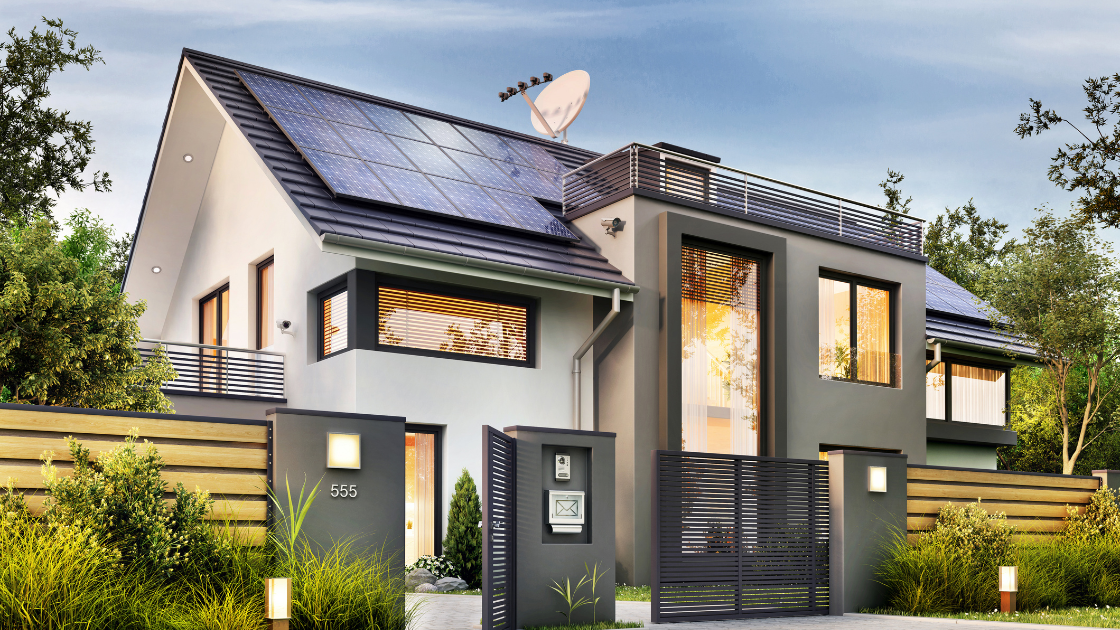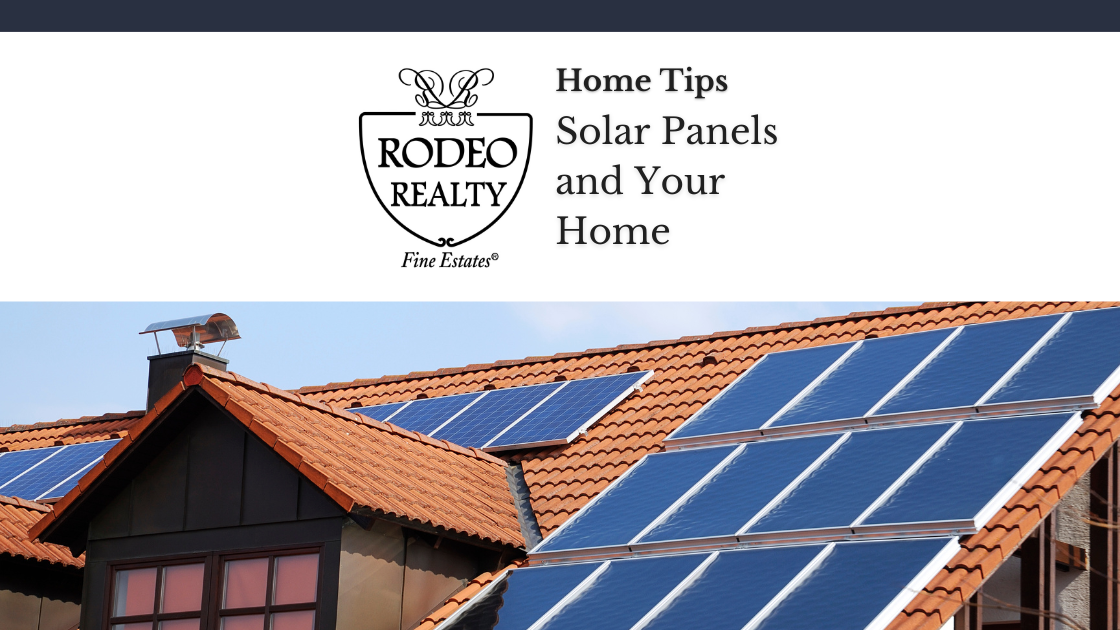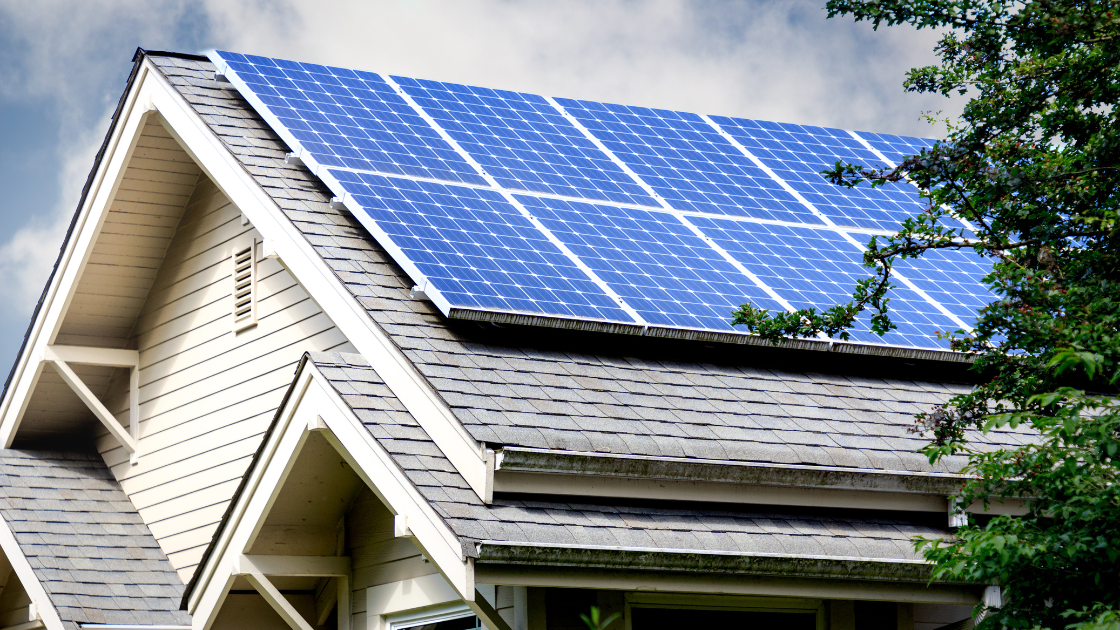Living in California, locals know how many benefits there are to installing solar panels on your home. To determine the solar panel type best suited for your installation, there are certain factors to consider. Below is a guide based on each type’s appearance, cost, and efficiency to determine the one that works best for your household.
Monocrystalline Solar Panels
Appearance:
Monocrystalline cells appear black because of how light interacts with the pure silicon crystal. The back sheet of the monocrystalline solar panel is often black, silver or white, while the metal frames are typically black or silver.
Material
As the name suggests, monocrystalline solar panels are made from single silicon cells. To build a monocrystalline or polycrystalline panel, pure silicon is formed into bars and cut into wafers which are then framed together to form solar cells.
Cost
Of all other types, monocrystalline panels are the most expensive option, largely due to the manufacturing process known as the Czochralski process. This process is energy-intensive and often results in a lot of wasted silicon.
Efficiency
Since they come in higher wattage modules, monocrystalline panels have the highest power capacity and efficiencies higher than 20 percent.
Suitability
Monocrystalline solar panels are best suitable if you have limited space available and want to maximize your electric bill savings in the long run.

Polycrystalline Solar Panels
Material
Also referred to as multi-crystalline panels, polycrystalline solar cells are made of many fragments of raw silicon crystals that are melted together in a mold before being cut into wafers.
Appearance
As a result of the light reflecting off the silicon crystals in the cell, polycrystalline solar cells show a bluish hue. The frames of polycrystalline panels are silver, while the back sheets are either silver or white.
Efficiency
Polycrystalline solar panels have lower efficiency of between 15-17% as they do not generate as much electricity from the sun compared to Monocrystalline panels.
Suitability
This solar panel is ideal for property owners with a lot of space but on a budget.
Thin-Film Solar Panels
Material
Thin-film panels are made from single or multiple layers of PV elements. The PV elements are deposited over a surface of glass, plastic, or metal. The most common types of thin-film solar panels are made using the CdTe technology.
Appearance
As the name suggests, thin-film panels are often slimmer than other panel types. Thin-film solar panels usually come in both blue and black hues.
Cost
The overall cost of a thin-film solar panel installation is lower than the other types of panels. In addition, the process of thin-film solar installation is less labor-intensive. This is because the panels are lighter weight and more maneuverable, thus reducing the general labor costs.
Efficiency
Efficiencies will vary based on the specific material used in the cells. Likewise, thin-film panels tend to have lower power capacities and efficiencies closer to 11 percent.
Suitability
Thin-film panels require a lot of space to meet your energy needs and are best suitable for large commercial roofs since they have more area to place them on. It wouldn’t make sense to place them on residential installations where space is limited.


